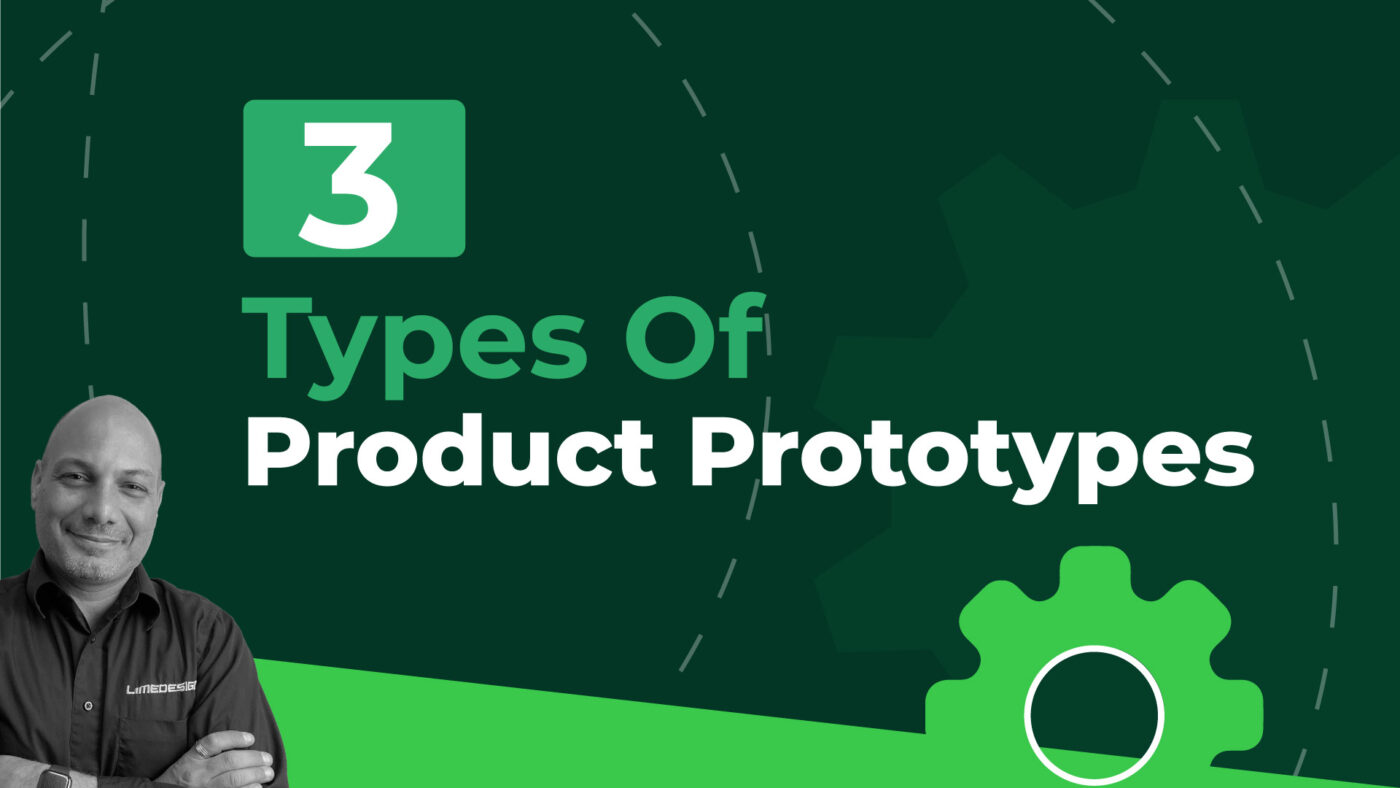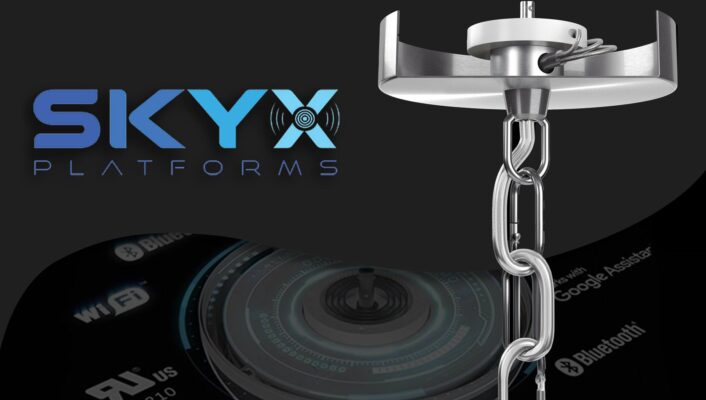Intro
So… you’re here because you want to know what the 3 types of prototypes are. First, you should know what the purpose of prototypes is. Prototypes are the first versions of any product, physical or digital. There is no “magic bullet” for prototypes; each type has its purpose.
In the end, the final prototype should be 90% -95% identical to the final manufacturer’s prototype.
You may be wondering why it’s not 100%. Well, that is because in-house prototyping and the manufacturer’s prototype will be created using different methods.
For example, here at Lime Design, we like to 3D print parts for our prototypes, but 3D printing isn’t feasible when it comes to large-scale manufacturing. It takes too long, and 3D printers require constant maintenance.
Instead, manufacturers prefer to create injection molds, and this allows them to produce products faster and more efficiently.
But that’s a topic for another blog, let’s get into the 3 types of physical prototypes.
What are Physical Prototypes?
Physical prototypes are used to test the functionality of an object before mass production. They are also used to evaluate the design of products.
Functional Prototype
A functional prototype is often used to test the functionality and usability of a product. In the early versions, this prototype often may not look aesthetically pleasing. The goal is to get the function correct.
Functional Prototypes are used to test things, such as,
- Mechanisms
- Part Interactions
- Form
- Size
- Weight
- Assembly
- Balance
Non-Functional Prototypes
Non-functional prototypes are used to test the design of products. They do not have any working parts and are often made using more cost-effective materials.
This prototype shows the general idea of the final product. It is not meant to be functional.
Non-Functional prototypes are used to test various things, such as,
- Size
- Dimensions
- Ergonomics
- Aesthetics
- Fitment
Types of nonfunctional prototypes
Solid Prototypes
These are always 3d printed and are used to test sizing and dimensions. They have zero functionality.
Paper Prototypes
This prototype is created using paper or cardboard. Product designers may use this while designing to get a rough idea of size, dimensions, or ergonomics. It is merely a fast and temporary prototype that helps move through the process.
Full-Color 3D Printed Prototypes
This prototype is created using very high-end 3D Printers like the Stratys J55. They are used to test aesthetics, mainly colors.
Virtual Prototypes
Virtual prototypes are prototypes created and engineered 100% virtually.
The main reason you might only do a virtual prototype is to gather investment and move on to physical prototyping.
Often times product designers will create a product in CAD first. This allows them to perfect the product before it ever exists in the physical world. Then taking this CAD, it is then animated and rendered. The final render can look something like this.
The truth is that physical prototypes can get expensive, so it’s much more cost-effective to create something digitally and then gather investment to continue physical development.




